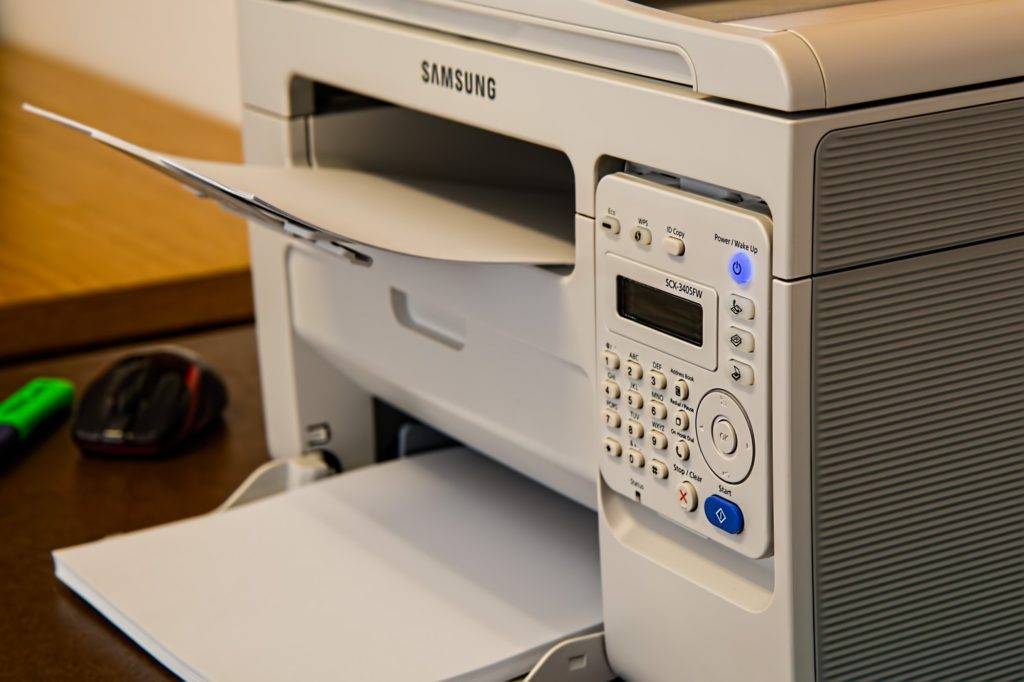
Get the Fax: Can You Use SIP Trunking For Faxing?
With the rise of international business industries, more and more businesses are recognizing the benefits of SIP trunking.
On one hand, VoIP helps reduce the cost of phone calls, but if the person on the other side of the line has an old school phone, your VoIP system won’t know what to do. SIP trunking allows you to bridge the gap between the two.
But if your company still relies on fax machines, you might be wondering whether you can adapt your fax machines to SIP trunking to save money and eliminate your old phone lines for good. Here’s how to make SIP trunk for fax work.
What is SIP Trunking?
Session Initiation Protocol trunking (a.k.a. SIP trunking) sounds like something ripped from an astrophysics textbook. It’s much more mundane than that–it’s the name for an internet-based replacement for traditional phone services.
If you’ve heard of VoIP (voice over IP), you’ve tangentially encountered SIP trunking before, since SIP is central to VoIP.
How Does It Work?
Start by thinking of traditional phone service. It might look like something from the Stone Ages in the era of smartphones, but it’s actually one of the most amazing pieces of technology ever invented. It’s also one of the simplest.
As you talk, your phone records your voice and converts it into electrical signals. If you’re using a landline (as in an office), the phone carries that signal along electrical wires before converting the electrical signal back into sound at the other end. If you’re using a mobile phone, it transmits radio waves.
A VoIP system uses the internet instead of a traditional phone line to connect calls, which means you can utilize a range of additional services. However, if you want to access a traditional phone network, you need SIP trunking.
Since SIP trunking is built on the internet protocol suite, SIP calls must be recoded to reach the endpoint. In extremely simplified terms, you use your broadband connection to connect your VoIP system to your SIP provider’s network, which then connects calls to the traditional phone system.
Unlike traditional phone services, which charge based on the number of lines, you’re charged based on the maximum number of calls you make at the same time.

Benefits of SIP Trunking
The single biggest benefit of SIP trunking is savings–it slashes your telecom costs by up to 50%.
For example, since you can make calls over the internet, you don’t have pay-per-minute rates. That means free calling between your offices, which is a major plus if you have international offices.
In addition, because you’re charged based on the maximum calls you make simultaneously, you can easily and cheaply adjust your calling capacity. You can increase or decrease the number of calls you can handle almost in real-time, a major benefit over traditional trunk lines that charge you for lines you don’t use.
What is Faxing?
With that in mind, let’s take a look at faxing.
Given how old fax machines are, it’s astonishing how many people don’t have a clue how fax machines actually work. And yes, we hear the Millennials and Gen Zers in the back asking who even uses faxes anymore.
Here’s the thing: fax machines actually predate the telephone, and the basic operating principle is pretty comparable to that of a telephone. It’s a simple piece of technology, but it’s effective.
How Does It Work?
In early and modern fax machines, the machine uses the same basic process:
- The machine scans a document
- The scan is converted into a signal
- The signal travels down a telephone line to another fax machine
- The other machine turns the signal back into an image
It does this by using a simple photosensor with a lens and light to generate two codes, indicating whether there was black or white on a small area of the page. This was transmitted to the other machine as binary code, which the machine turned back into a pattern on a physical page.
So you see, faxes use a system of signal transmission that’s almost identical to phones. They predate phones because humans figured out how to transmit images as signals before we learned how to transmit sound waves as signals.
Benefits of Faxing
Faxing sounds somewhat archaic in the era of digital scanning and email (we hear you, Gen Z and Millennials), but faxes can be more secure than email in some respects.
Email is vulnerable to interception by hackers who gain access to an email account or intercept the email en route. In addition, your scanned documents floating in the Internet netherworld can be hacked with enough diligence.
Faxes all share the same protocol, which means that theoretically, a fax can be intercepted and printed by any other fax machine, regardless of whether or not it was the intended recipient. However, fax machines are a pass-through system, which means they cannot be hacked to reproduce documents at a later date.
This makes faxes harder to target at a distance since you have to intercept the signal at the time it is sent or pick up the fax from the machine before the intended recipient does. If the fax uses internet protocols, it can be susceptible to email shortfalls in transit, but these can be counteracted with good security.
The Gap Between SIP Trunking and Fax
Can you spot the gap between SIP trunking and faxing?
The phone line.
Traditional fax machines rely on phone lines to transmit codes to each other. In tech terms, it was designed for an analog environment. VoIP is digital, and while SIP can connect to a traditional phone network, it’s designed to convert between digital and traditional phone lines.
In addition, VoIP is designed to compress and digitize voice signals, not analog codes like those used by fax machines.
So…Do They Get Along?
Can you use SIP trunk for fax?
Yes, but you have to be creative about it.
If you’re using an old school fax machine, the only way to get SIP and fax to cooperate with each other is to use a VoIP Gateway and Analog Adapter that supports T38 (a protocol that allows faxes to travel over VoIP networks).
If you have a computer-based fax machine, it is possible to make your VoIP and fax cooperate with each other, so long as you get a system that supports faxing functionality.
At that point, theoretically, you could use SIP trunking to convert computerized fax into a traditional fax signal on a phone line. Conversely, if you have a phone line, you could receive faxes digitally through your SIP system, but again, you have to set up the system to handle this functionality for you.
How to Adapt SIP Trunk for Fax
If you’re dealing with SIP trunking and old school faxing, you can adapt them to work together, but there are several moving parts that have to work together.
Central to all of them is the T38 protocol, which adapts an analog fax signal for a digital environment. Remember earlier when we said that a fax machine converts a scanned page into a code sent over a phone line?
That code isn’t something a digital system can understand since it’s not a recognizable file format. VoIP and SIP trunking is designed to handle audio signals.
Basically, if you have to analog fax machines connected through a VoIP system, the T38 protocol converts an analog fax signal into an image file, passes it through the VoIP network, and converts it back into an analog fax signal.
However, this only works if both machines and the gateway between them are T38 capable. Otherwise, you’ll send a fax that your VoIP can’t understand, or the machine at the other end won’t be equipped to decode the message sent to it.
If you’re sending faxes between two offices within the company, it’s fairly easy to ensure this functionality. If you’re sending faxes to other people or organizations, however, this can get complicated.
Need SIP Trunking for Your Office?
SIP trunk for fax machines requires a bit of technological acrobatics, but so long as you know the component parts and you’re ready to take the necessary steps to get your office set up, you can stop relying on old school phone lines and send faxes through your VoIP system.
If you’re looking to switch over to SIP trunking, you’ve come to the right place! Click here to check out our pricing for SIP channels and find out more about how it can make your business smarter than ever.



